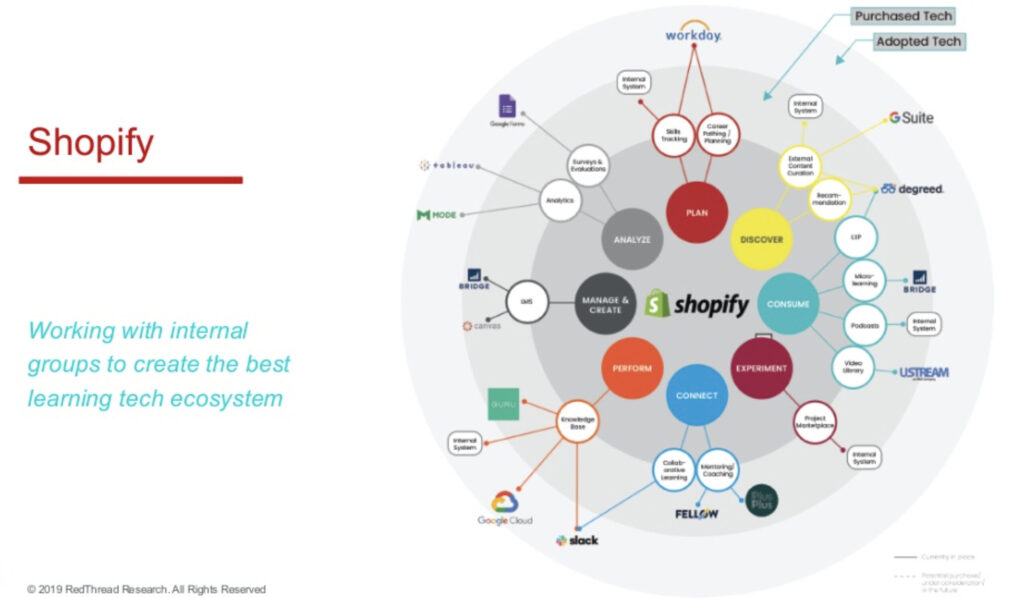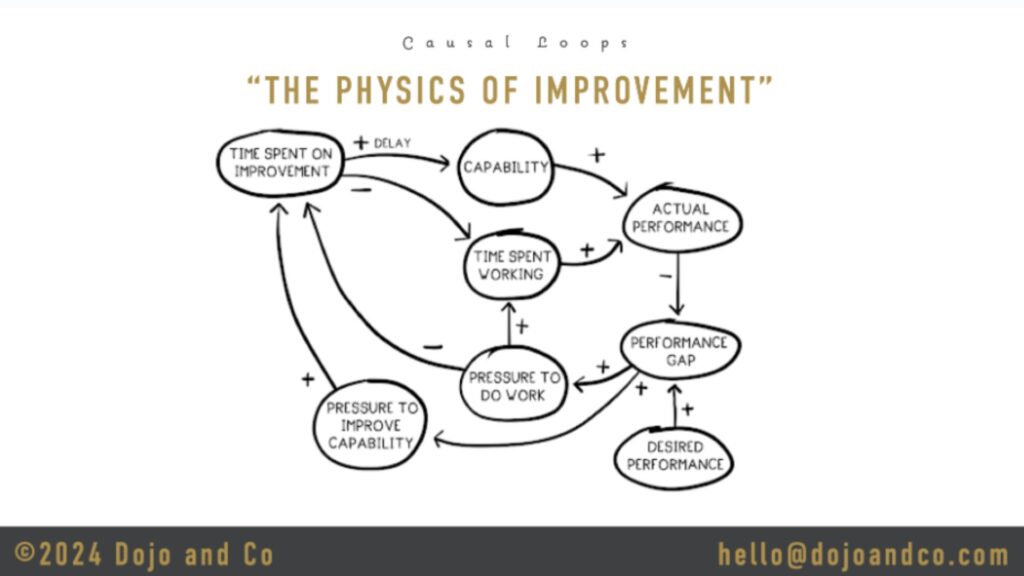Overview
Over the last few weeks, it has become clear that working from home has become a new reality for many of us. As we started talking to peers at various companies, we realized that everyone was working hard to adapt to this new work-from-home norm and remote-first learning and development. We decided to come together on a virtual Roundtable to compare notes.
Seventy-five leaders who work at the intersection of technical training and learning & development joined in, and Shopify was one of the three companies that presented.
Here is what Andrew Barrett, Shopify’s Learning Platform Lead, had to say about the tools and processes that are needed to solve remote-first learning & development challenges.
1. Culture: Trust & Autonomy Rule
Magic happens when we give people the freedom to create their own path. Shopify puts significant trust in their employees to be resourceful, solve problems as they arise, and define how they want to make an impact.
Starting March 16, 2020, employees were told to work from home and were encouraged to buy what they needed for their home offices.
2. L&D Team Structure: Decentralized but connected
Shopify has domain-focused embedded learning and development teams, which means that each team owns its respective area of expertise. They operate independently with different leadership but remain connected through a Learning Guild and other communication channels.
This connection is essential because it prevents the company from having multiple Learning Management Systems or numerous individuals developing the same courses. Some smaller learning teams will rely heavily on larger ones. This decentralized model has grown organically and allows them to move quickly to solve problems.
3. L&D Triage: Nimble problem solving vs. substantial planning
Having a single point where people can come to get help/support, solve problems, and spin up an L&D project has proven to be very successful.
This concept is rooted in Lori Niles-Hofmann’s concept of triaged learning & development, which gives the comparison to a hospital room designed to prioritize problems very quickly. This approach is very nimble, allowing teams to deal with challenges as they come in by connecting people with the right contacts and resources. A planning-heavy strategy may not be as agile.
4. Learning Guild: Enabling the community to problem solve
Shopify strives to empower individuals to collaborate across teams to help solve problems quickly. This empowerment could come in the form of bumping up privileges in their LMS or other learning tools, sharing ideas, books, and leveraging places like Slack to have an open discussion. They’ve seen many folks from the community step up, especially during this time, to serve the needs of the company.
5. Tool Ecosystem & Usage
This diagram below illustrates Shopify’s learning tools:

When someone comes in with a problem to solve, instead of showing them the entire ecosystem, ask specific questions to identify what would be the best approach:
-
- When does it need to ship?
-
- What does success look like?
-
- Is iterating an option?
-
- What practice & feedback is possible?
- One-time, ongoing, disposable?







